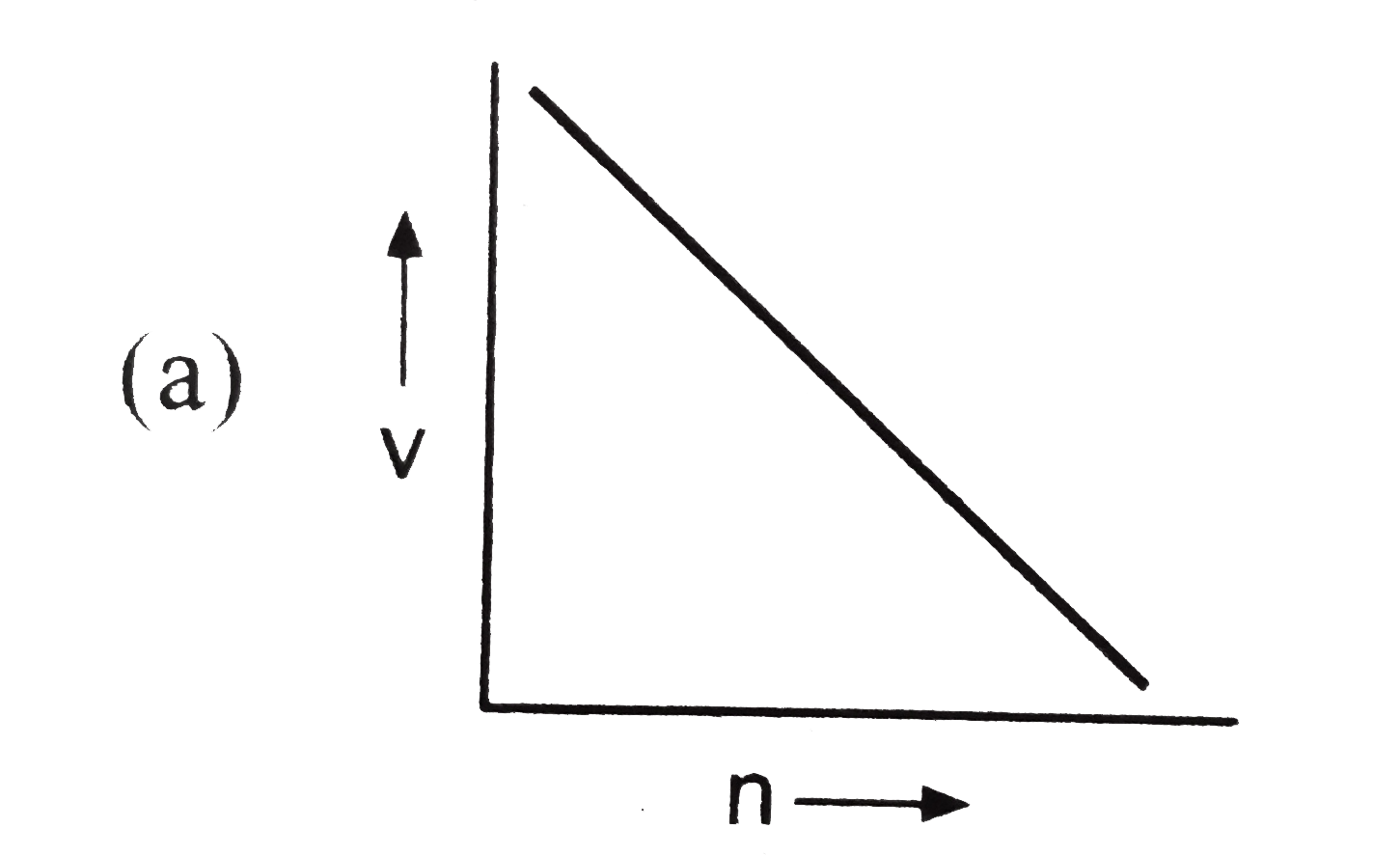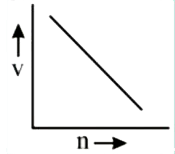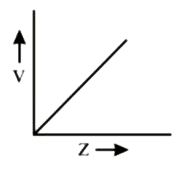Which of the following is not a correct for iso - electronic ions ?
They have the same number of electrons around their nuclei
Higher the atomic number higher will be positive charge in a series of isoelectronic ions of same period
Isoelectronic ions have same electric charge
An isoelectronic series may have both positively and negatively charged ions
The correct Answer is:C
To determine which statement is not correct for isoelectronic ions, let's analyze the concept of isoelectronic species and the statements provided.
1. Understanding Isoelectronic Ions:
- Isoelectronic ions are ions that have the same number of electrons. For example, ions like N³⁻, O²⁻, F⁻, and Ne all have 10 electrons.
2. Evaluating the First Statement:
- The first statement claims that "they have the same number of electrons around the nuclei."
- This statement is correct because by definition, isoelectronic ions have the same number of electrons.
3. Evaluating the Second Statement:
- The second statement says, "higher the atomic number, higher will be the positive charge in a series of isoelectronic ions of the same period."
- This statement is also correct. As we move across a period, the atomic number increases, which means the number of protons (positive charge) increases while the number of electrons remains the same in isoelectronic ions.
4. Evaluating the Third Statement:
- The third statement asserts that "isoelectronic ions have the same electric charge."
- This statement is not correct. Isoelectronic ions can have different charges. For example, N³⁻, O²⁻, F⁻, Na⁺, and Mg²⁺ are all isoelectronic with 10 electrons, but they have different charges.
5. Conclusion:
- The statement that is not correct for isoelectronic ions is that they have the same electric charge.
Final Answer:
The statement that is not correct for isoelectronic ions is: "Isoelectronic ions have the same electric charge."
---
- Isoelectronic ions are ions that have the same number of electrons. For example, ions like N³⁻, O²⁻, F⁻, and Ne all have 10 electrons.
- The first statement claims that "they have the same number of electrons around the nuclei."
- This statement is correct because by definition, isoelectronic ions have the same number of electrons.
- The second statement says, "higher the atomic number, higher will be the positive charge in a series of isoelectronic ions of the same period."
- This statement is also correct. As we move across a period, the atomic number increases, which means the number of protons (positive charge) increases while the number of electrons remains the same in isoelectronic ions.
- The third statement asserts that "isoelectronic ions have the same electric charge."
- This statement is not correct. Isoelectronic ions can have different charges. For example, N³⁻, O²⁻, F⁻, Na⁺, and Mg²⁺ are all isoelectronic with 10 electrons, but they have different charges.
- The statement that is not correct for isoelectronic ions is that they have the same electric charge.
The statement that is not correct for isoelectronic ions is: "Isoelectronic ions have the same electric charge."
Similar Questions
Knowledge Check
Which of the following is not correct for the velocity of electron?
A B
B C
C D
D
Which of the following is not correct for the velocity of electron?
A B
B C
C D
D
Which of the following is correct for Zwitter ion?
AThe carboxyl group can lose a proton and amino group can accept a proton in the aqueous solution which give rise to a dipolar ion.BThe carboxyl group can accept a proton and amino group can lose a proton in aqueous solution which give nse to a dipolar ion.CThe amino group can accept a proton and ester group can lose a proton in aqueous solution which give rise to dipolar ion.DThe amino group can lose a proton in aqueous solution and ester group can accept a proton in aqueous solution which give rise to the dipolar ion.
Which of the following has iso group?
View SolutionIn which of the following pairs, the ions are iso electronic
View SolutionIn which of the following pairs, the ions are iso-electronic ?
View SolutionWhich of the following is correct for stability of phenoxide ion?
View SolutionWhich of the following is iso-electronic : -
View Solution
